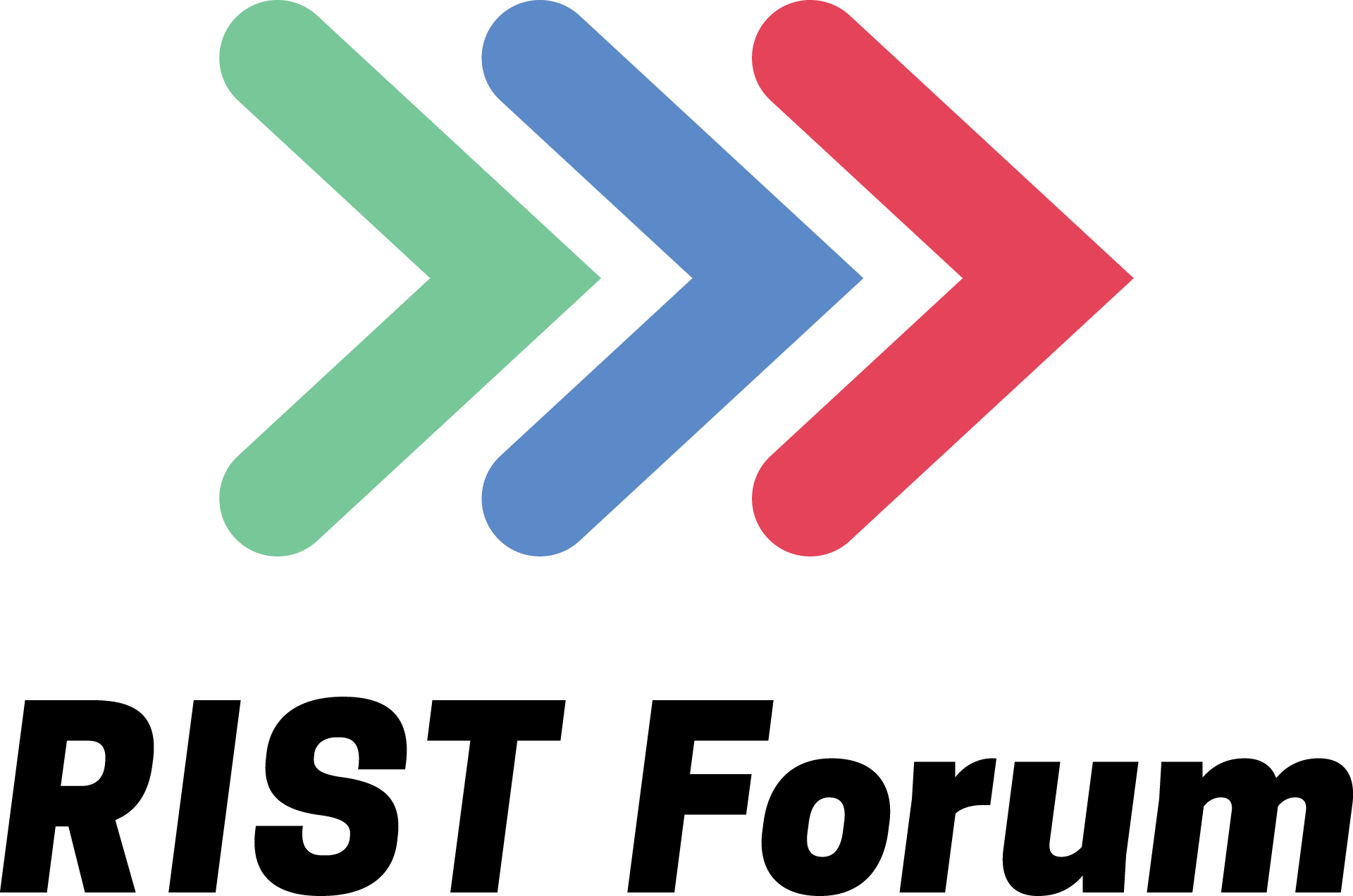RIST Relay in the Real World: Use Cases
In our last blog post, we discussed the new RIST protocol feature, RIST Relay. It allows video to be sent and received easily over the Internet without the usual problems associated with traversing firewalls. To recap, the RIST Relay provides a connection service to RIST devices using the RIST Advanced Profile. RIST devices connect to the RIST Relay as a rendezvous point, and the RIST Relay either facilitates a direct connection between the RIST devices, or relays the traffic between them.
In this blog post, we will consider specific use cases for the RIST Relay.
1. Multiple connections
Firstly, let’s consider a scenario where a user wants to send a stream using multiple connections, routes or mediums, such as by 5G, 4G or WAN. The user may connect to a RIST Relay in this way with multiple connections, providing all the connections are of the same RIST Advanced profile, and use the same name.
Sending a stream using multiple connections provides extra reliability because if one connection breaks up, other streams can be used. This method may also be used for many other applications, such as splitting the load between different connections, or prioritizing some traffic to a high SLA connection.
2. No single point of failure with backup
To prevent the RIST Relay from being a choke point and causing a failure which may result in significant connectivity and communication damage, a backup option can be installed. One or more backup servers can be installed to allow redundancy, but also to split a load between several RIST Relay servers (if required).
3. Single secure tunnel through the organization
The RIST Relay allows organizations to improve their security against intrusion by adding an additional security layer. This is created when the organization opens a single connection to the RIST Relay so that the remote connection is going through a proxy server. As shown in the image, traffic may be going in and out through a secure tunnel to the RIST Relay.
4. Distributing live content
The RIST Relay can be used to distribute live content simultaneously to multiple receivers. To do this, the RIST Relay is configured to create a group call. This enables a single sender to communicate to one or more receivers in parallel like a distribution application.
In this scenario, the RIST Relay acts as the distributor, and in most cases will also provide its own ARQ packets to each client receiver. This offloads the burden from the sender tremendously. Additionally, the user may use different encryption/authentication protocols as well, which is also managed by the RIST Relay (see next use case).
5. Encryption and authentication conversion between clients
Media organizations use a range of encryption and authentication modes when sending video and this can naturally cause issues if the sender and the receiver are using different methods and the receiver is unable to convert the data. As shown in the following image, the RIST Relay acts as a kind of translator between senders and receivers.
6. Multiple groups
A single RIST Relay can also be used in a broadcast scenario where an organization wants to send a stream to multiple groups. As illustrated in the next image, a single client may be a member of one or more groups. Each group may serve a different purpose. In this example, the sports, news and office content distribution are all separate groups.
If complete separation is desired, an organization may connect multiple times and maintain a group membership.
RIST Relay offers a versatile solution
As we’ve seen here, the RIST Relay has many real-world applications. It can be used to enhance reliability and load distribution through multiple connections; to enable secure tunnels for improved security; to facilitate live content distribution to multiple receivers; to support multiple encryption and authentication options; and to simplify content distribution in complex one-to-many scenarios. The RIST Relay empowers users with flexible and efficient video transmission capabilities, making it a valuable tool for a wide range of applications.
The RIST Relay feature is the third release in a series of ancillary features for RIST specifications, and is detailed in TR-06-4 Part 3.
For more information aboutRIST enabled productsor to find out about becoming a RIST member,get in touch.






